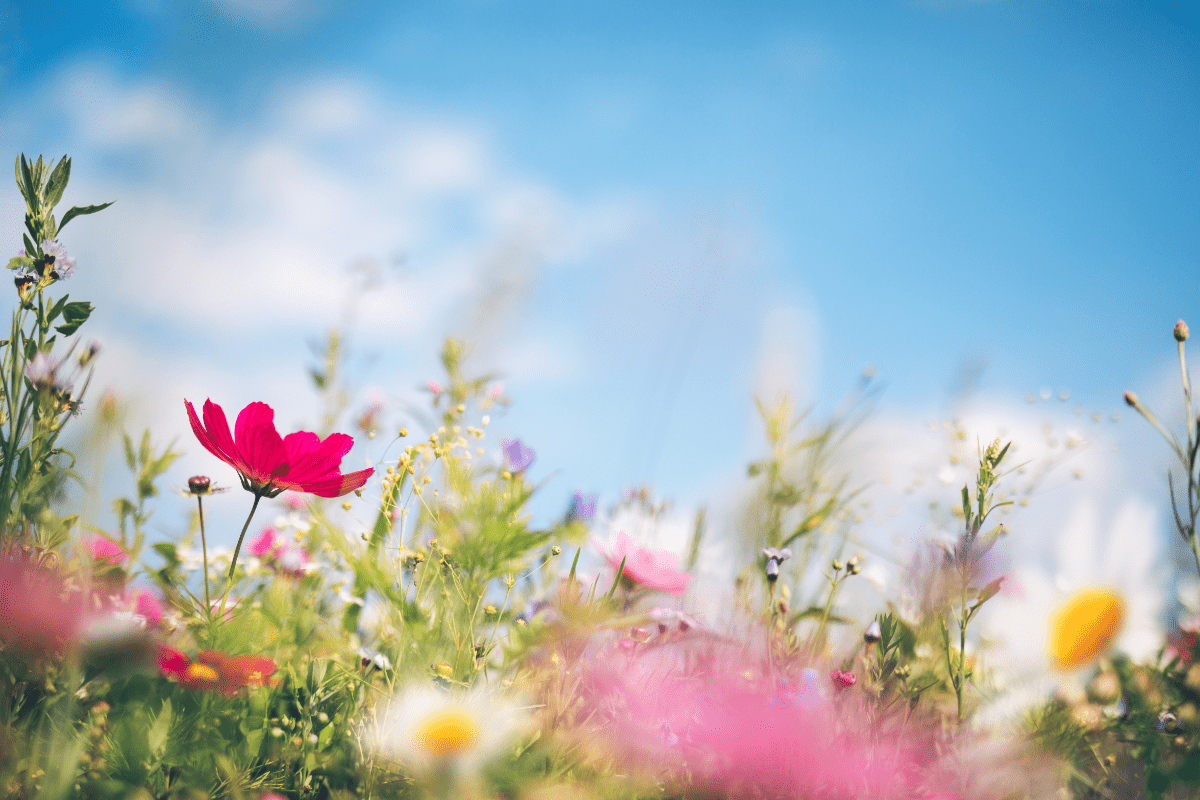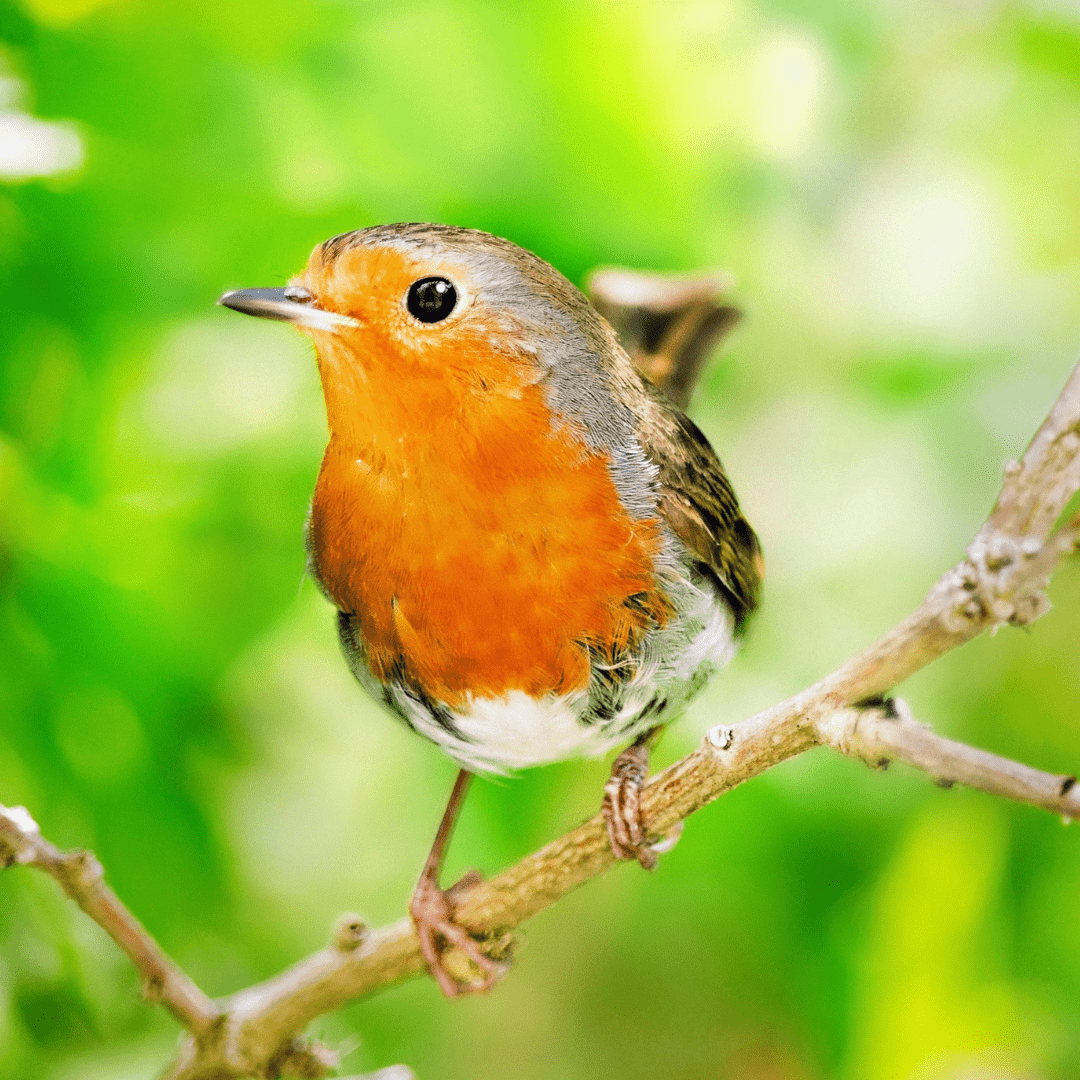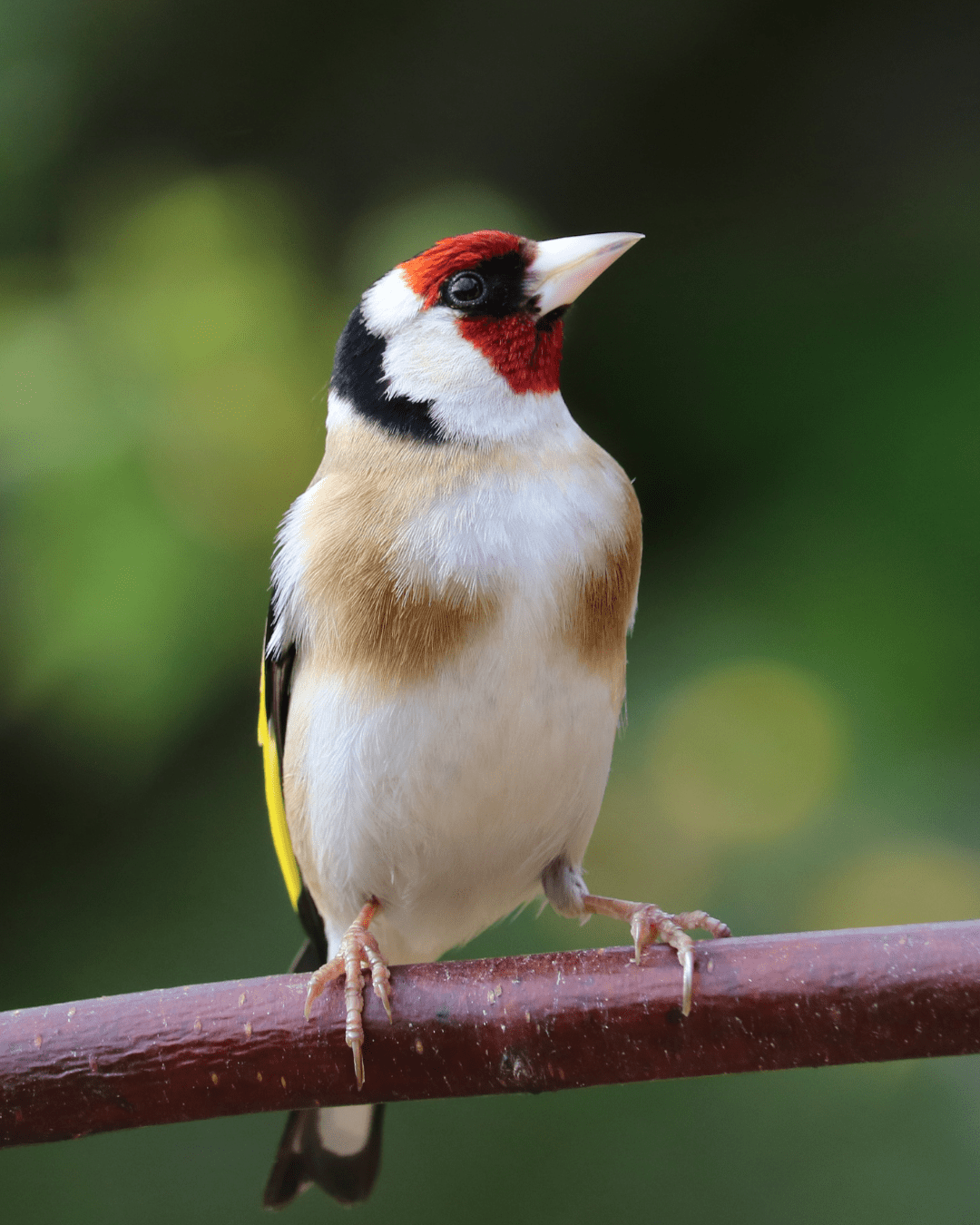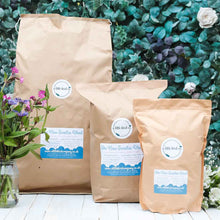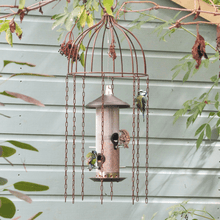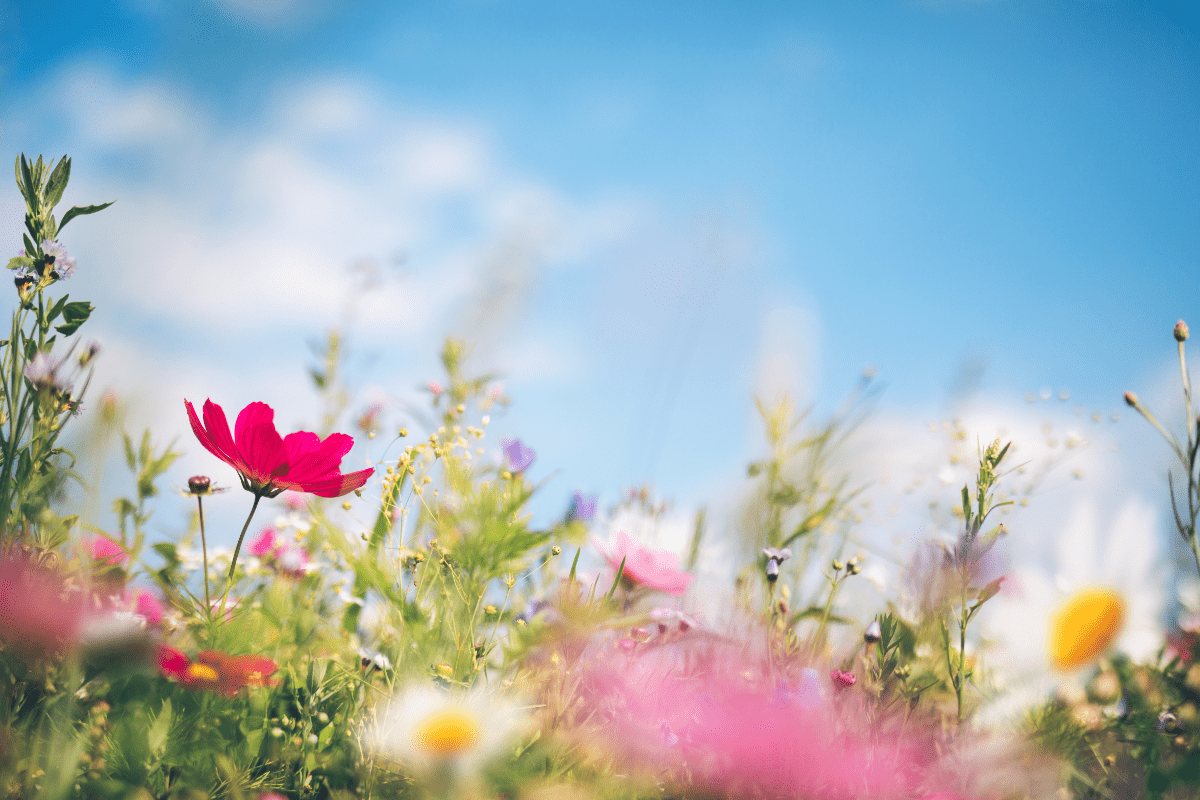Save the House Sparrows
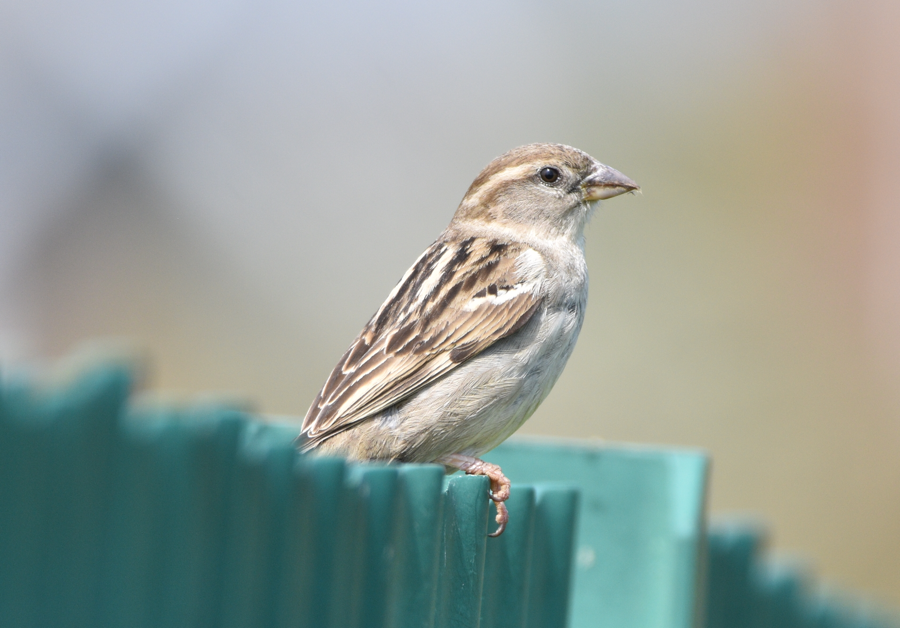
I chatted with Harry Munt from the Save the House Sparrows project about what drew him to wildlife conservation and these gregarious little birds in particular.
What sparked your interest in wild birds?
I was on a walk with my family aged around twelve and bored waiting for everyone to catch up, when I wandered off into the forest getting fantastically lost. I stumbled upon a gorgeous family of amber-coated roe deer contently dozing just meters from me, unbeknownst to so many passers-by. The awe I experienced led me to my local nature reserve, where I (wearing entirely black; probably resembling an abnormally large crow) was mobbed by a stunning male kestrel. It was dive-bombing and swooping at arm’s length and I was so hypnotized that I had to pick up birdwatching. I am now studying a Land and Wildlife Management course and volunteering on the stunning Portsdown Hill (my local reserve-the site of the kestrel mobbing all those years ago) to help manage it for local wildlife. I’ve recently started doing some voluntary surveys for the BTO and Plantlife. I make sure to take that essential time wherever I can to just absorb the wildlife around me, keeping that spark of passion going.
What led to your interest in house sparrows in particular?
I listened to the most fantastic podcast episode by the RSPB (which sadly was deleted years ago now), discussing House Sparrows, their decline and how we can help and conserving them sounded so simple! I was astonished no-one seemed to be doing it.
What is your ultimate goal for Save the House Sparrows?
To raise as much awareness as I can of this deceptively common bird – they are in serious decline in the UK, and I think we can all agree they’re criminally under-loved, appearing on probably only about one Christmas/greeting card per every thousand featuring a robin or blue tit!
Tell us a little about house sparrows – why do they need our support?
A cocktail of air pollution, impenetrable new infrastructure, reduction in nesting sites and catastrophic declines in natural sources of the invertebrate they like to eat has beaten their numbers down in urban areas, while pesticides, agricultural intensification and scrub clearance has done the same to their rural counterparts. Today, there are 21,400,000 fewer House Sparrows than 43 years ago, a national decline of nearly 71% in urban areas; with a more modest (though still concerning) 43% in rural spaces.
What can we do to support house sparrows?
We can install nest boxes-vital surrogates for lost crevices in houses that sparrows need. To have the greatest impact several should be installed, as this will be the most appealing to the gregarious house sparrow. Just ensure the hole is at least 32mm so they can fit inside. The other way to support house sparrows is by putting out good quality wild bird food, preferably containing plenty of invertebrate protein. Over the years, numerous studies have revealed that when provisioned with cheap cereal and grain based birdfood blends (especially those lacking invertebrate protein) there’s very little change in breeding, fledging, and survival rates of certain species of bird. One of the best supplementary foods we can put out for house sparrows are the humble mealworm. In recent decades, invertebrates have declined by as much as 76% nationwide. Nostalgic spectacles like the butterfly clouds of the early 1900s or the Picasso-esque marks left by dead insects on your windscreen after a long drive are sadly things of the past. But this is where bird food, mealworms especially, come in. Packed with almost all the same proteins and nutrients as their live invertebrate proxies, mealworms make a brilliant addition to a good quality bird food blend, they provide nutrients not present in other supplementary foods. And while live mealworms are the gold standard, dried ones and blends containing invertebrate proteins have almost an identical effect, the only difference being they lack the fluids of live mealworms. But this can be easily solved by soaking them quickly in water before giving them out. Relating this to House Sparrows specifically, one BTO study concluded that when fed protein-rich bird-food, House Sparrow chicks are 60% more successful at fledging than without, and the mortality rate decreases, and the survival rate goes up, which is fantastic evidence for including them in your supplementary food supply.
You can find out more about Harry’s fantastic project at www.savethehousesparrow.com, and read more from him in November's BBC Wildlife magazine. All of our bird food blends contain insect blended suet, and our February-March Crocus Blend and September-October Leaf Fall Blends both contain mealworms. We also have the beautiful New England nesting box in stock, which is a great option for house sparrows – don’t forget to take a look!


